Vinyl Flooring with Attached Underlayment (Pros & Cons)
Among the flooring options, vinyl is one of the most popular preferences by homeowners. Vinyl flooring is even widely used for commercial buildings, offices, cafes, restaurants, etc, and is becoming a favorite choice as they have numerous benefits.
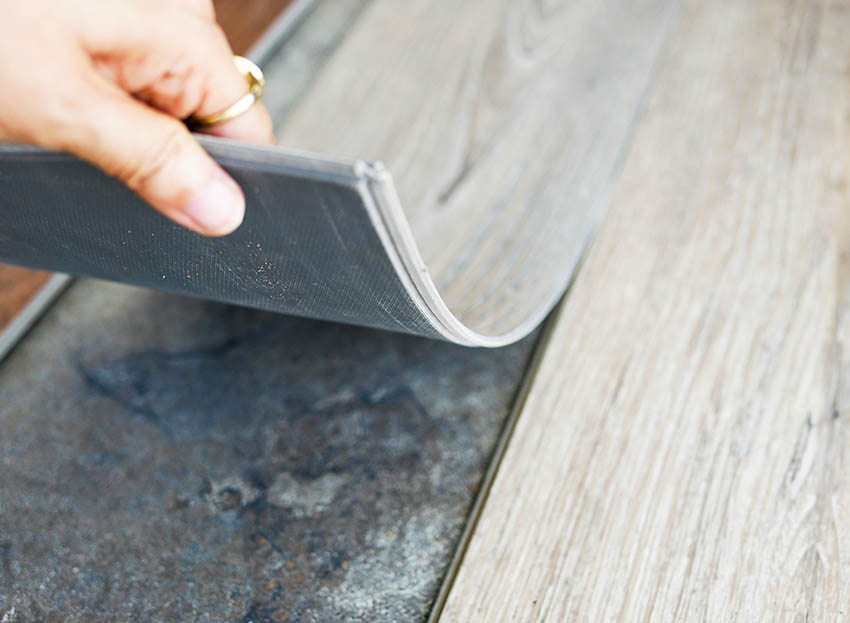
A lot of people are choosing vinyl floors as they are mostly waterproof, durable, long-lasting, and affordable. However, there is one thing that is still not clear, is it better to buy vinyl flooring with attached underlayment? What are its advantages and disadvantages?
Well, in this article, we will talk about the pros and cons of vinyl flooring with attached underlayment. We will also answer some of the frequently asked questions regarding this matter.
What are Vinyl Floors with Underlayment?
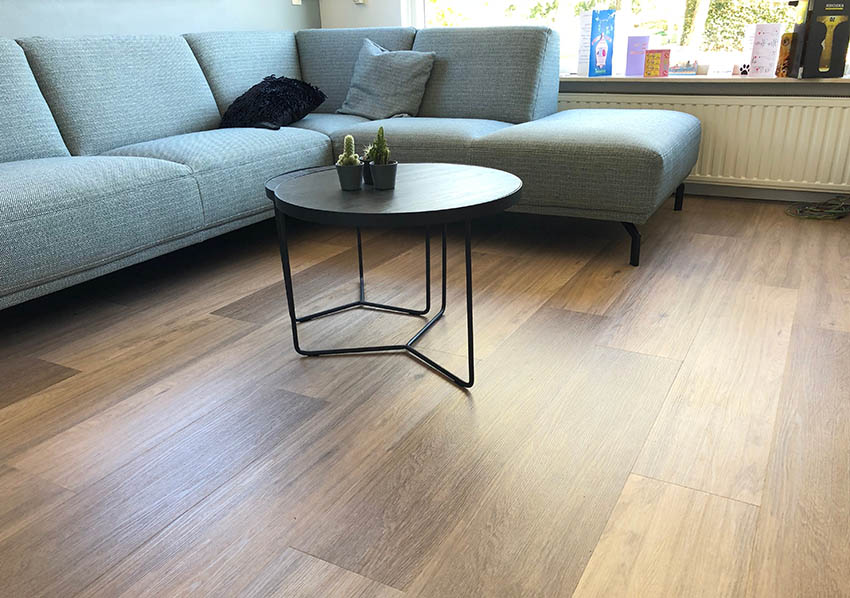
Typically, vinyl floors are bought by themselves along with a separate underlayment. However, some come with pre-attached padding. This material is a thin layer that covers the base floor, and the top vinyl material is placed on top of it. Normally, the attached underlayment is used to give a comfortable underfoot and diminish moisture.
Most of the floor manufacturers highly recommend that people use underlayment underneath. Luckily, some come with a layer that is already attached by the manufacturer under each board.
This combination helps eliminate the complicated and tedious task of rolling a separate layer into your interior space. It also makes installation a lot easier and organized as you won’t have to worry about improperly placing a separate padding before placing the floors.
Having both together in one is generally preferred by most people as it is likely to be a more affordable option rather than buying the two materials separately.
Vinyl Flooring with Attached Underlayment Pros and Cons
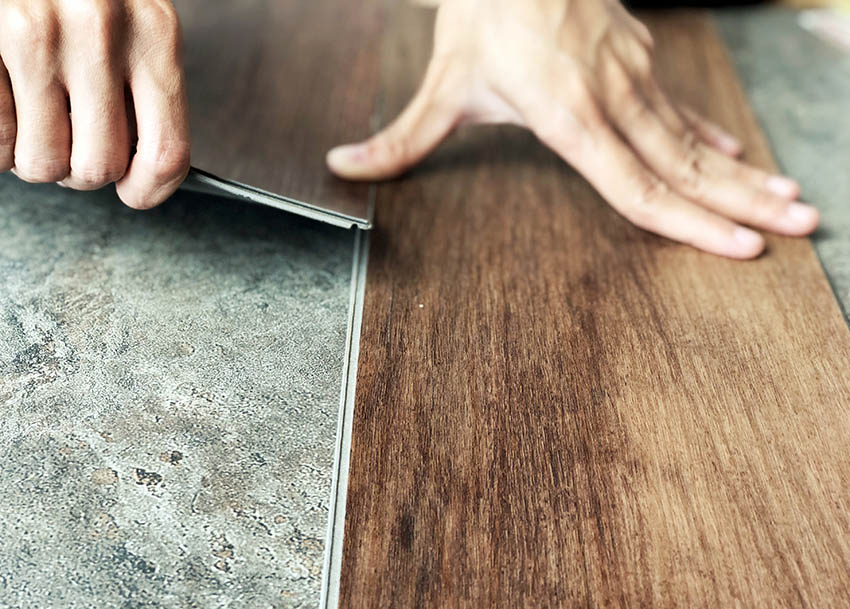
Pros:
• It saves abundant installation time. Installing a separate underlayment can be truly time-consuming. If you are working in a huge room, this process can take 45 minutes to 1 hour. But if you are using both together, the installation process will be finished quickly.
• It helps you save money. Purchasing a separate underlayer might cost you more money rather than buying separately. You just have to make sure that you are selecting the ones with thicker padding (4 to 6 millimeters). In some stores, some products come with 8-millimeter padding.
• It is convenient to install. It is actually the best option in terms of uncomplicated installation. You can already enjoy your new floors without exerting too much physical effort.
Cons:
• Tends to absorb less sound than separate padding. Most of these floor products are not superior in terms of absorbing sound. However, to avoid this minor problem, you have to make sure that you are purchasing material with thicker material.
• Moisture tends to seep through the attached layers gaps. Every board is attached with individual padding. Meaning, that no continuous or uncut padding beneath the floors will protect the entire surface from moisture. The water can possibly seep through the gaps of each board.
Vinyl Floor with Underlayment Cost

The standard cost of vinyl flooring (either tiles or planks) with attached underlayment ranges from $3 to $8 per square foot. The cost of luxury vinyl floors with attached underlayment may be priced up to $10.
Some homeowners or business owners are busy, which is why they hire people to do the installation process. Normally, the standard cost of installation is around $30 to $35 per hour ($3 to $10 per square foot).
Do You Have to Have Underlayment for Vinyl Plank Flooring?
It depends on the surface and condition of your current floor. For example, if your current flooring is a cushion-backed vinyl padding or a standard tile floor, then you won’t have to put an underlayment before installing your floor.
On the other hand, if your existing floor is hardwood, uncushioned vinyl, or concrete, that is the time when you will need to have an underlayment before installing your planks. For more about wood, see our gallery of the types of hardwood flooring here.
But, if your main goal is to increase the comfort of your floor and make it less noisy when walked on, it is still beneficial to put a padding layer before installing the material, whatever the condition of your base flooring.
Therefore, you don’t have to put a separate underlayment if your floor already has its attached padding. In this case, the most ideal thing you can do to add more protection against moisture is to put a moisture barrier.
Can You Put Padding Under Vinyl Plank Flooring?
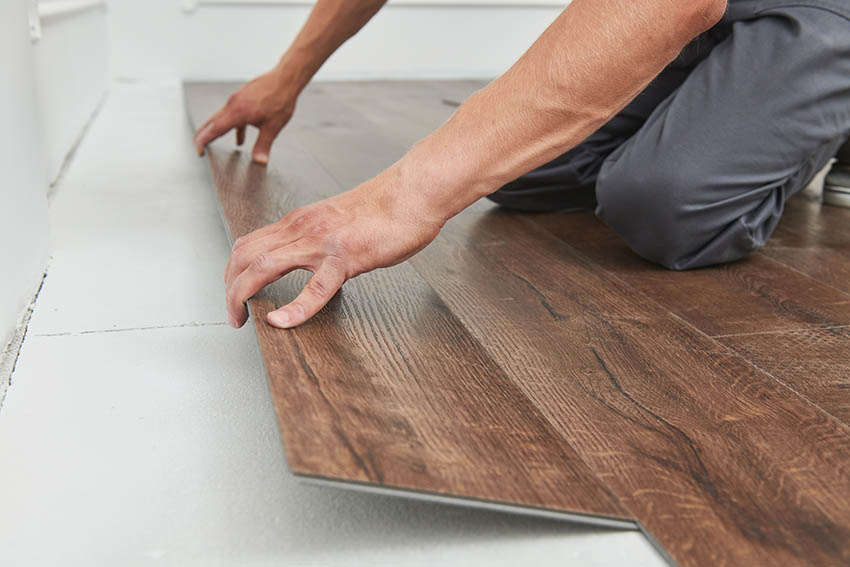
If your flooring already has attached underlayment, there is no need to put padding under it. However, if it does not have its attached padding, it is highly recommended to put padding under it to provide sound-lessening and cushioning benefits. Read more about soundproof flooring materials here.
Do You Need a Moisture Barrier Under Vinyl Floors?
Generally, it is highly recommended to install a moisture barrier underneath your vinyl floor. It is also necessary to install a moisture barrier even if it has attached underlayment.
Just like what we have stated earlier, moisture tends to seep into this material. Each tile, plank, or board has an individual padding. So when they’re installed on your floor, they will still have some gaps.
However, if you are installing vinyl flooring but you’re using a separate padding, which is normally placed on the base floor as a whole, there is no need to install a moisture barrier. The separate layer already covers the whole base floor without gaps and cracks. So, it can already help in preventing moisture.
Does Laminate Flooring with Attached Padding Still Need Underlayment?
Laminate flooring with attached padding does not require an underlayment installation. The attached padding can also act as a decent barrier. It can help in preventing moisture, diminishing sounds, and giving a comfortable underfoot.
Although it is not bad to put an underlayment underneath laminate flooring with attached padding, it might cause an installation overkill. It will make the process more time-consuming and complicated.
But still, it will depend on the condition of your existing flooring. If you think that putting an underlayment will help absorb more sound, preventing moisture, and softening the underfoot, then that won’t be a problem at all. Read more about laminate vs vinyl flooring on this page.
Does Waterproof Vinyl Floor Material Need Underlayment?
To add more comfort and cushioning benefits, it is best to still put padding underneath waterproof vinyl flooring. Installing it before placing your floors will help in making them extra-protected against moisture. Installing this extra layer provides much more benefits and it can even enhance the individual features of your floor.
If you have a concrete base floor or subfloor, it is best to put underlayments that are thick enough to provide a great cushion. Also, there are a lot of materials that are not that comfortable enough to stand and walk on, that’s why thicker underlayments are more necessary.
Furthermore, if your base floor is hardwood or plywood, it is best to look for one that offers added insulation and protection against moisture.
For more related content like this visit our page about spc flooring pros and cons here.

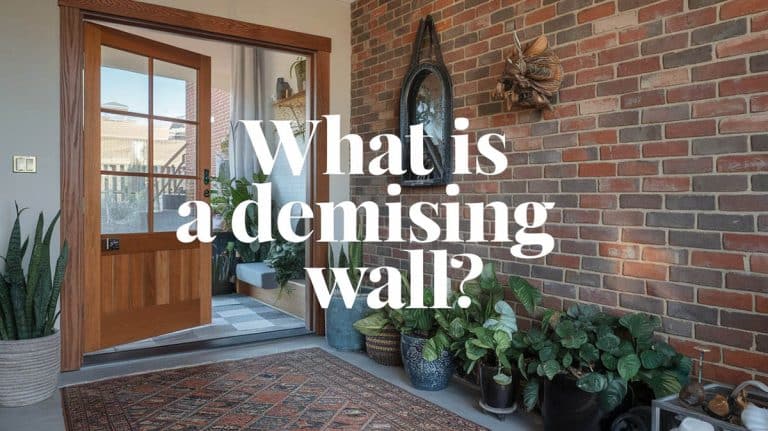



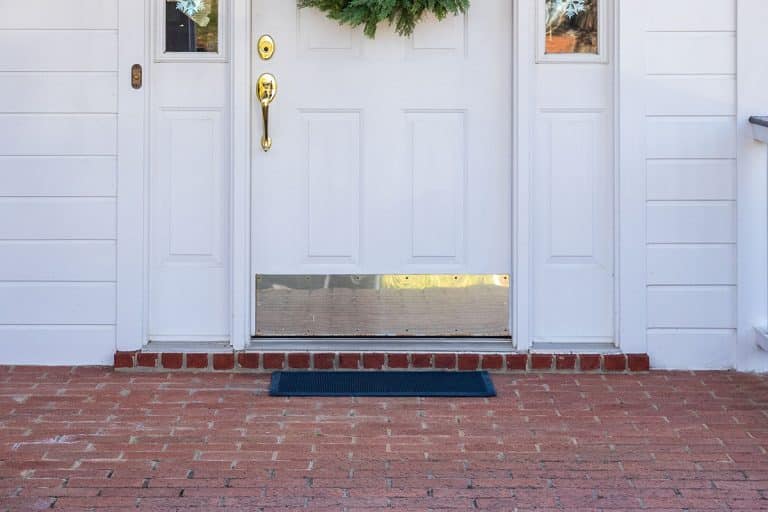

Hi — Lots of good facts. I’m wondering the underlay material breaks down over time like the underlays for carpets. Some of my underlays have become a pile of yellow dust, which can’t be good for the environment or a person’s lungs.